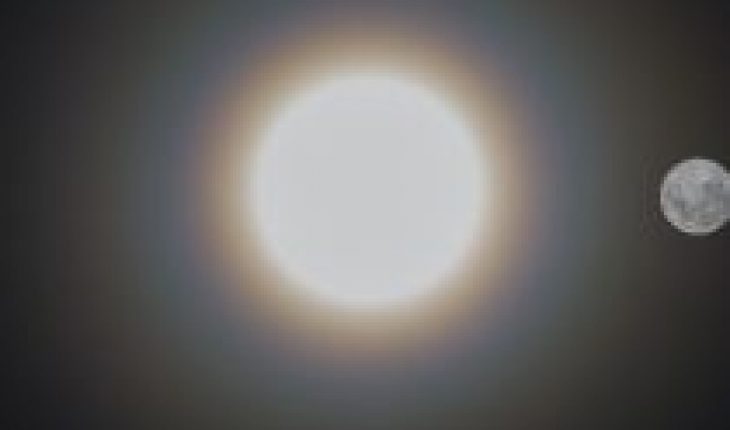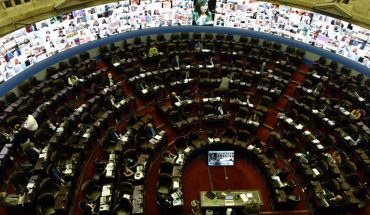
The regions of Araucanía and Los Ríos will become a global natural observatory on December 14 and from there, the astronomical zero zone, Image of Chile will broadcast live for everyone the total solar eclipse 2020 through its website.
The phenomenon, which will become the global epicenter of astronomy, will be streamed via marcachile.cl/eclipse2020, where live images will be found, along with opinions and analyses from national and international experts who will be present from different points in the Araucanía region, where 100% of the entire astronomical event will be seen.
“Chile is a privileged territory to observe and study the universe. It is a unique differentiating factor of Chile and an important contribution to our international image. Few countries in the world can say with such property that they are a window into the universe. And through astronomical observation and science, from Chile we are building the future. We have more than 300 days of clear skies a year and low light pollution, especially in the north of the country, so we have attracted the most important international observatories to invest and settle in our territory, which allows us to have today 40% of the world’s astronomical observation capacity, projecting to reach 70% in the coming years (2024),” said Constanza Cea, Executive Director of Image of Chile.
While Chile’s Image signal will be shared with NatGeo so that it can also broadcast the astronomical event; the UC Institute of Astrophysics will also be transmitting the eclipse, a signal that will be relayed by NASA, showing the enormous interest of the most prestigious international organizations in the astrological phenomenon that will occur in Chilean skies and that will hold the eyes of the entire planet.
Best Photo Award: Contest #EclipseBinacional2020
Astronomical events such as a total eclipse occur in one place approximately every 375 years, so you can’t miss the opportunity to record them. It is known that to observe a solar eclipse safely it is necessary to have special lenses or viewfinders with filters that block harmful sun rays, but: how are the best photographs of this phenomenon taken? Through the Eclipse Binacional 2020 competition, the best image of this milestone will be awarded.
This binational initiative between the Chilean embassy in Argentina and the Argentine embassy in Chile invites everyone to upload the best photo of the eclipse between December 14 and 20 to their Instagram, next to the #EclipseBinacional2020. All the photos that are
participation will be sent to a jury, who will select 20 photographs and the 10 that have the most votes will be uploaded to the Instagram Marca Chile, where they can be voted by the audience that will determine the winning photo. Semi-finalist and finalist images will be part of an exhibition in Buenos Aires. Then the Chilean photo and the most voted Argentine photo will be selected and the winners will be invited to visit the exhibition to Buenos Aires.
Cari Letelier, a Chilean astro photographer who will travel to La Araucanía this year to record this milestone, explains that just as telescopes and binoculars can serve to see the eclipse with the help of special filters, cameras and cell phones can also do so to take pictures. It advises that those in the umbra zone (ground zero) to capture the moment of the diamond ring or solar crown, will need to occupy a bridge or super zoom camera (fixed lens, which reaches up to 50x), or a SLR or mirrorless camera with a telephoto lens with a long focal length (about 200 mm).
In addition, he adds that at the moment of the light itself, those in the area will be able to observe the phenomenon without lenses or filter for a few moments, managing to capture the best images. Those in Santiago or other parts of Chile will also be able to take good photos from their cell phones, says Letelier, playing with zoom and filters, but in those cases you will only see coverage of up to 78%.
“The best advice for a good photo is to plan it. Whether in the umbra or the gloom, they must do the practice in advance: buy their filter, see where the focus point is (depending on the lens and focal length they will use) and then practice using the filter, so that day does not take them by surprise,” advises the photographer.





